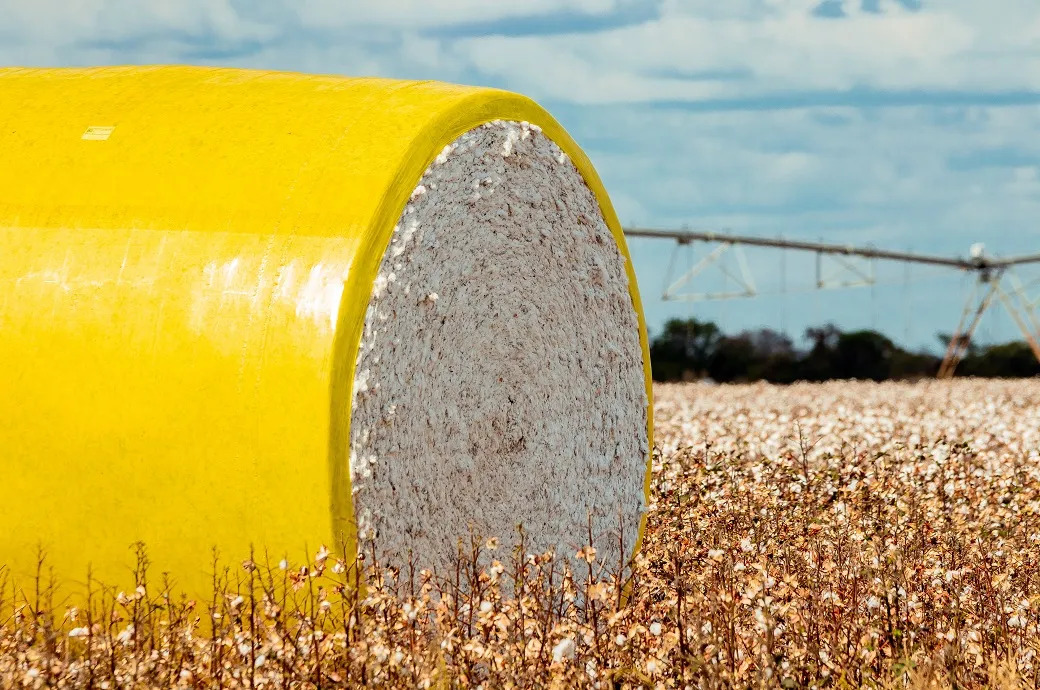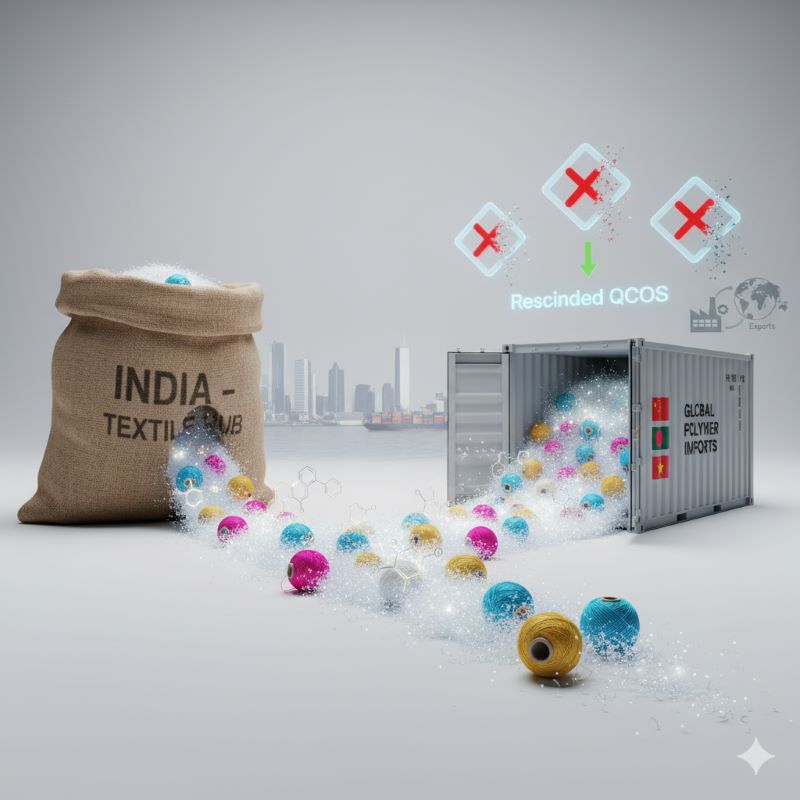FW
Last fall, Paris-headquartered womenswear brand Ba &Sh opened a handful of boutiques on the East Coast. Now it is getting ready to unveil a new store in Beverly Hills, Calif.
The company recently put up storefront posters at 404 N. Beverly Drive announcing it will be doing business soon at the corner of Brighton Way and Beverly Drive. The 1,600-square-foot space was the former address for an Aldo footwear boutique and a location for the Kimora Lee Simmons brand.
The name Ba &Sh stands for the first names of founders Barbara Boccara and Sharon Krief, friends since childhood in France. They introduced the brand in 2003. Currently it is sold at more than 400 locations around the globe.
In 2015, private-equity firm L Catterton acquired 50 percent of the brand for an undisclosed amount to support Ba &Sh’s international expansion.
L Catterton is a partnership of luxe conglomerate LVMH; GroupeArnault, the family holding company of Bernard Arnault, LVMH’s chairman and chief executive officer; and U.S. private-equity company Catterton. Its portfolio of brands includes Rhone, Sweaty Betty, Seafolly swimwear and the Equinox high-end fitness studios.
The Head of the Cotton and Textile Industries Holding Company in Egypt, Ahmed Mostafa recently said that during the Parliament’s local administration committee’s meeting held to discuss a complaint regarding the misuse of state’s lands aligned with a spinning and weaving company in Beheira governorate, the government has come up with a five year plan to develop spinning and weaving companies in northern Egypt. This five year plan need money to the tune of about LE 20 billion.
As per the complaint, these lands were being sold and leased out for personal gains. Mostafa upheld the complaint that these lands were misused and said that this issue was under investigation. The government is working on resolving such issues through development plans for the spinning and weaving industry across the country so that the sector regains its past glory.
Mostafa assured that some of the companies’ lands will be used to secure the LE 20 billion needed to finance the government’s plan to develop the spinning and weaving industry in the north Egyptian governorates of Alexandria, Beheira and Gharbia. The Government aims to make these governorates attractive to the spinning and weaving industry.
In November, Gharbia Governor Ahmed Sakr said that an industrial zone for spinning, weaving and ready-made garments would be established in Mahalla. The project comprises three industrial zones targeted at attracting new investments of around LE 2 billion, it is expected to create 25,000 jobs and establish more than 100 new spinning and weaving mills to develop Egyptian industries — along with participation of the private sector.
Fashion designer Blake M. Patterson just announced its first mid-luxury ready-to-wear line. The designer released its collection just in time for the holidays as a lifestyle line including high-quality pieces with a special message.
The Putin Capsule collection combines both everyday clothing along with a bit of street style. The collection includes seasonal t-shirts, hoodies, sweaters, wool scarfs and more. The launch came from Patterson's past experience on Project Runway, where he joined the cast of the show's 14th season. He also showcased projects including an unconventional materials challenge for Macy's Front Row 2015 as well. He first launched his brand in 2016 with a modern, sophisticated style for women and men.
Moving forward, Patterson has put out this new launch with a message a unity and peace, reflecting the collection's name in honor of Russian leader Vladimir Putin. The brand is launching on Etsy as well as additional shopping sites to follow shortly.
The Chairman of the Apparel Exports Promotion Council (AEPC) was not happy with the fact thllat apparel exports from India have fallen down by 12 percent in the last three months as a result of GST. AEPC is of the viewthat the tax burden on the industry has increased post the transition to GSTfrom July this year and urged the government to take necessary step to enhance exports from the country.
As part of the Council’s efforts it has opened an office in the apparel and textile hub of Gujarat at the Gujarat Chamber of Commerce and Industries (GCCI) to lend a helping hand to the State’s garment manufacturing industry and help textile units make a smooth transition from farm to fashion.
Chairman, AEPC, Ashok Rajani was reported to have said.“There are several taxes which have not been subsumed under GST, including petrol-transportation, electricity and cotton seeds which increase the tax burden by 11.5 per cent. Due to this, the industry is suffering with apparel exports declining 12 percent over the last 3 months.
“Currently, apparel exports from India are worth $17 billion and if the government takes necessary measures, this is likely to grow by 20 per cent,” he added.
GCCI also announced that it will organise an international exhibition ‘Farm to Fashion’ to promote textile and apparel in the second week of March 2018.
The US Generalized System of Preferences (GSP) program for Sri Lanka and other beneficiary countries would expire on December 31, 2017, as the US Congress did not re-authorize GSP before adjourning for the year confirmed the US Embassy.
Accordingly, the immediate effect of GSP expiration is that the GSP eligible imports to the US from Sri Lanka and other GSP beneficiary countries and territories will be subject to non-preferential duties beginning January 1, 2018
In a statement, the embassy stated that the US is proud to serve as the top export market for Sri Lanka. According to the Global Trade Atlas, in 2016, the US imported $2.8 billion of Sri Lankan goods.
The US Customs and Border Protection’s web site has a page dedicated to GSP program information with detailed information on importation procedures during a program lapse.
High-end streetwear helped boost global sales of luxury personal goods by 5 percent this year to an estimated €263 billion. While streetwear has proven to bring the next generation of consumers into the luxury fold, it is a double-edged sword.
Luxury brands are adapting to changing times and striving to connect with a younger and diverse customer base, grooming the next generation of loyal luxury customers.
Luxury brands and retailers are establishing exclusive design and marketing collaborations with streetwear labels, hip-hop and rap recording artists and entertainers, and fashion and social media influencers.
Several luxury goods labels have profited from hip-hop and streetwear-inspired collections over the past few seasons. Multiple luxury fashion houses, as well as the Louis Vuitton and Givenchy brands, have been partnering with streetwear brands and introducing sneaker- and streetwear-inspired products.
Multiple luxury fashion houses, as well as the Louis Vuitton and Givenchy brands, have been partnering with streetwear brands and introducing sneaker- and streetwear-inspired products.v
Louis Vuitton partnered with the Supreme skateboard brand on a design collaboration that apparently generated €100 million ($117 million) in sales. The collection, which was sold in pop-up stores in major cities worldwide in June 2017.
According to the report the luxury goods companies will increasingly need to innovate and keep up with millennial and Gen Z trends in order to capture and grow sales among the younger generations. The historically conservative luxury goods industry is striving to attract a more diverse and younger client base.
The U.S. holiday shopping season is on track to break sales records on the back of surging consumer confidence and increased use of mobile devices, presenting an unexpected boon for retailers and the delivery companies they rely on.
According to Mastercard analytics arm the holiday shopping season, a crucial period for retailers that can account for up to 40 percent of annual sales, brought record-breaking online and in-store spending this year of more than $800 billion.
Stakes are particularly high this year for traditional retailers that have invested heavily in technology and free delivery and returns, determined to stay relevant in a market increasingly dominated by Amazon.
Package delivery companies that handle returns for retailers have benefited from booming delivery volumes in recent years, but also have had to invest billions of dollars to upgrade and expand their networks to cope as e-commerce purchases surge to new heights.
Delivering individual packages to shoppers - and picking up returns - is a lower margin business for delivery companies, which make more when they deliver in bulk to businesses.
UPS has worked for years to increase its ability to forecast customer shipping demands to handle major package volume spikes ahead of the holidays. It has also raised shipping rates and added 2018 peak-season surcharges.
The returns delivered in 2017 are part of the 750 million packages UPS and is expected to deliver globally during the peak shipping season from the U.S.
Thanksgiving holiday through New Year's Eve. That is an increase of nearly 40 million over the previous year.
As per a recent report by ICRA, domestic spinners are likely to see a gradual recovery in performance from Q4 FY2018 onwards, after facing multiple issues over past several quarters which resulted in their profitability touching six-year lows in the second and third quarters of current fiscal.
Mr. Jayanta Roy, Senior Vice-President and Group Head, Corporate Sector Ratings, ICRA avers, “The improvement in performance of domestic spinners is likely to be aided by a downward bias in cotton prices amid healthy cotton crop and an upward bias in yarn realisations due to demand restoration. While there has been an uptick in cotton prices in the recent weeks, ICRA believes the same to be an aberration in light of slower-than-usual arrivals in the leading cotton producing state of Gujarat owing to elections and concerns emanating from reports of pest attacks.”
ICRA believes that the crop quantity and quality is unlikely to be impacted seriously because of the issues mentioned above and arrivals are forecast to pick up in Q4 FY2018. So, domestic prices are likely to remain ~10-12 per cent lower than average cotton price during the twelve month period ending Sep 2017, close to the price floor of Rs. 105/Kg which factors in increased minimum support price and bonus declared in Gujarat.
“The scenario on demand front is also likely to be more conducive, supported by improved clarity on export incentives for textile goods during recent weeks, which in-turn is likely to support India’s overall textile exports from Q4 FY2018 onwards. With improved demand scenario, the yarn realisations are likely to witness some upward bias, though the increase will be limited due to low cotton price,” Royadded.
The clarity on export incentives, which had been revised downwards post-GST created a transitory impact, is good for cotton yarn demand from export-oriented textile players in the downstream sectors and hence is likely to support demand restoration to an extent. In addition, the cotton yarn demand is also expected to gather strength from restoration of domestic demand following the temporary disruption caused by the transition to the GST regime and higher exports to China, before re-launch of its cotton auctions in March 2018.
Earlier, over 200 printing and dyeing units were in operation in Keqiao, is an important textile cluster in China which is was famously called ‘China Textile City’ — unfortunately,the traditional printing and dyeing industry faces serious environmental issues, including high energy-consuming, high-emission low-end equipment (80 per cent of which are more than 10-years old), however, since the last four years, there are only about 100 left in operation and here their production has fallen from 20 billion meters to 16 billion meters per year.
While relocating the industry, Keqiao worked out the negative list for equipment renovation and in 2016 alone, 2,023 sets of outdated printing and dyeing equipment were replaced.
By relocating to clusters and utilising technologically advanced equipment, the industry has risen from the ashes like the fabled Phoenix. Currently, as construction of the first- and second-Phase of the printing and dyeing cluster have been completed, 40 projects have been put into production, while 17 projects in the third Phase are under construction. In the first three quarters of this year, the local printing and dyeing industry recorded a 19.2 per cent growth in industrial output, 19.2per cent growth in sales, 27.8per cent growth in total profits and 23.7per cent growth in taxes.
Under the banner 'green, high-end and leading the world’, Keqiao is now building the Lanyin Fashion Town (industrial park), targeted at improving economic performance by introducing innovative technology, advanced equipment and effective management within a planned area of 3.5 square kilometers, Lanyin Fashion Town will be based on sustainable printing and dyeing; this will be supported by fashion culture tourism.
The Karachi Cotton Association (KCA) held a meeting on Thursday where representatives of the All Pakistan Textile Mills Association (APTMA) and the Pakistan Cotton Ginners Association (PCGA) were present to discuss the issue of increasing the cotton crop in the country and improving the quality of cottonseed.
Shorter Pakistani crop during the period 2017 – 2018, than earlier expected, has seen domestic prices rise to higher levels.Traders said in Karachi that Pakistan may harvest a crop of 11.5 million bales (155 Kgs) during the current season 2017/2018.
The rise in International cotton prices in America is said to have gone beyond 79 cents per pound this week.Indian prices for the natural fibre has also sharply risen following the fatal pink bollworm attack on the crop in Maharashtra.
Yarn prices have also shown increase in recent months while the large spinning units are said to be faring much better. If the cotton demand continues to increase, local lint prices may rise.
There are several issues which could topple the global economy including a feared property and banking bubble in China, the missile crisis in North Korea and the inconclusive Brexit talks.












